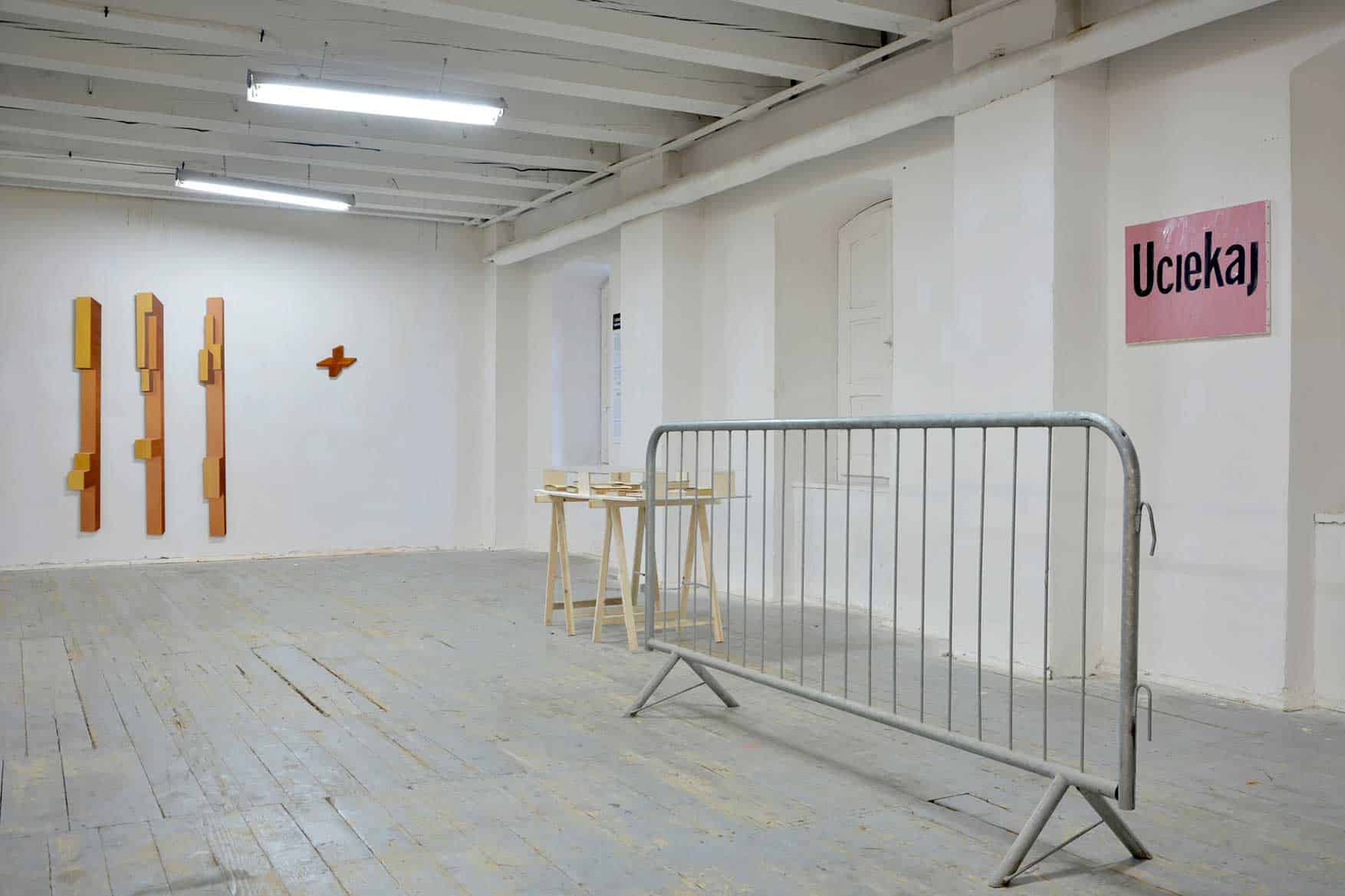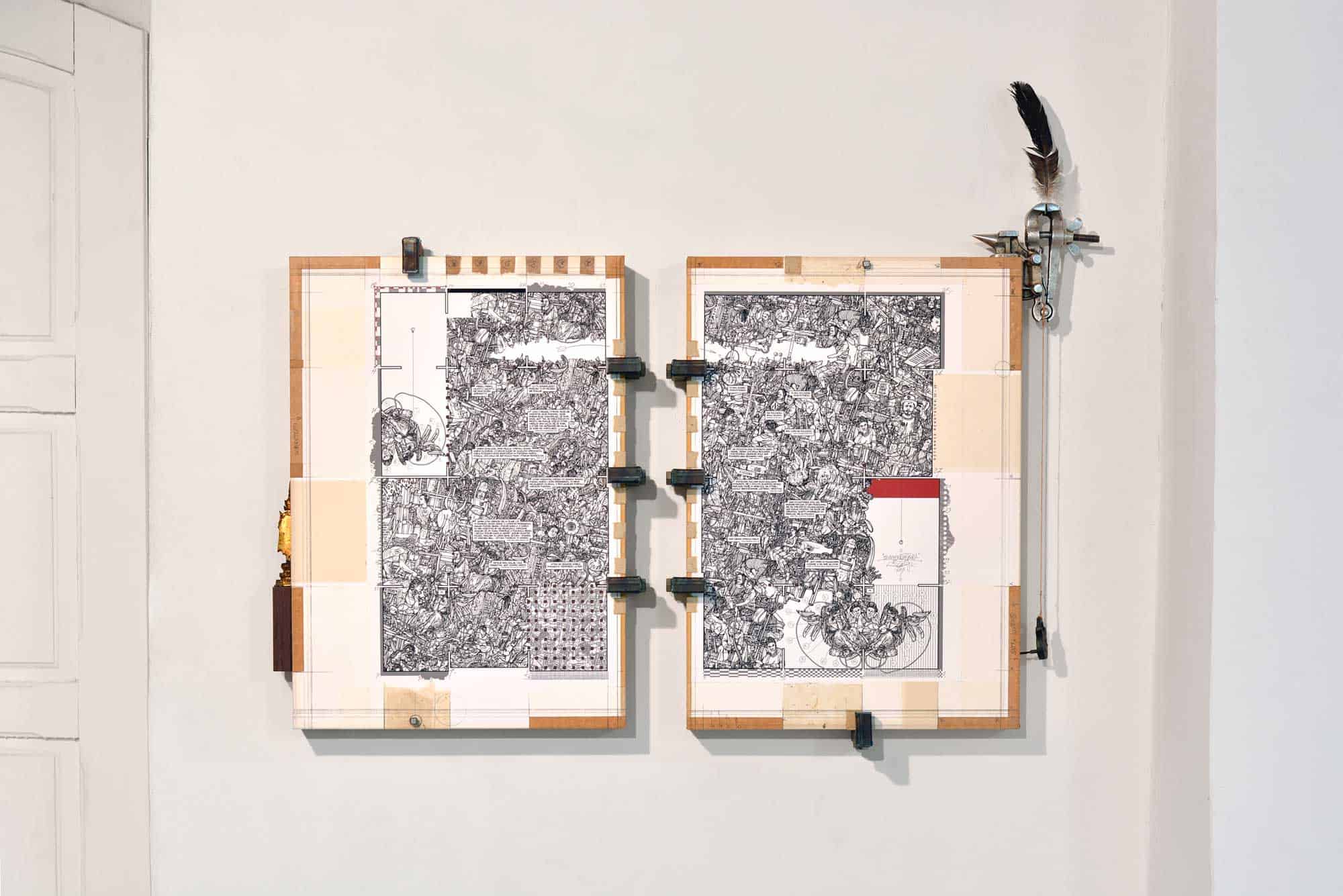“The photographic portrait of a 72-year old Albert Einstein sticking his tongue out was taken in the year 1951 by Artur Sasse. Swiftly embraced by the popular culture, the image soon became one of the most recognisable depictions of the great scholar.”
Art and science collided during this year’s edition of Copernicus Festival revolving around the theme of language. The festival organised by the Copernicus Center for Interdisciplinary Studies and the Artistic Research Platform opened with a group show featuring works by the artists selected by the representatives of the Artistic Research Platform (A. Bednarczyk, K. Nowak, M. Zawada) operating by the Faculty of Painting at the Academy of Fine Arts in Krakow. Linguistics is of seminal importance to all the artists participating in the exhibition.
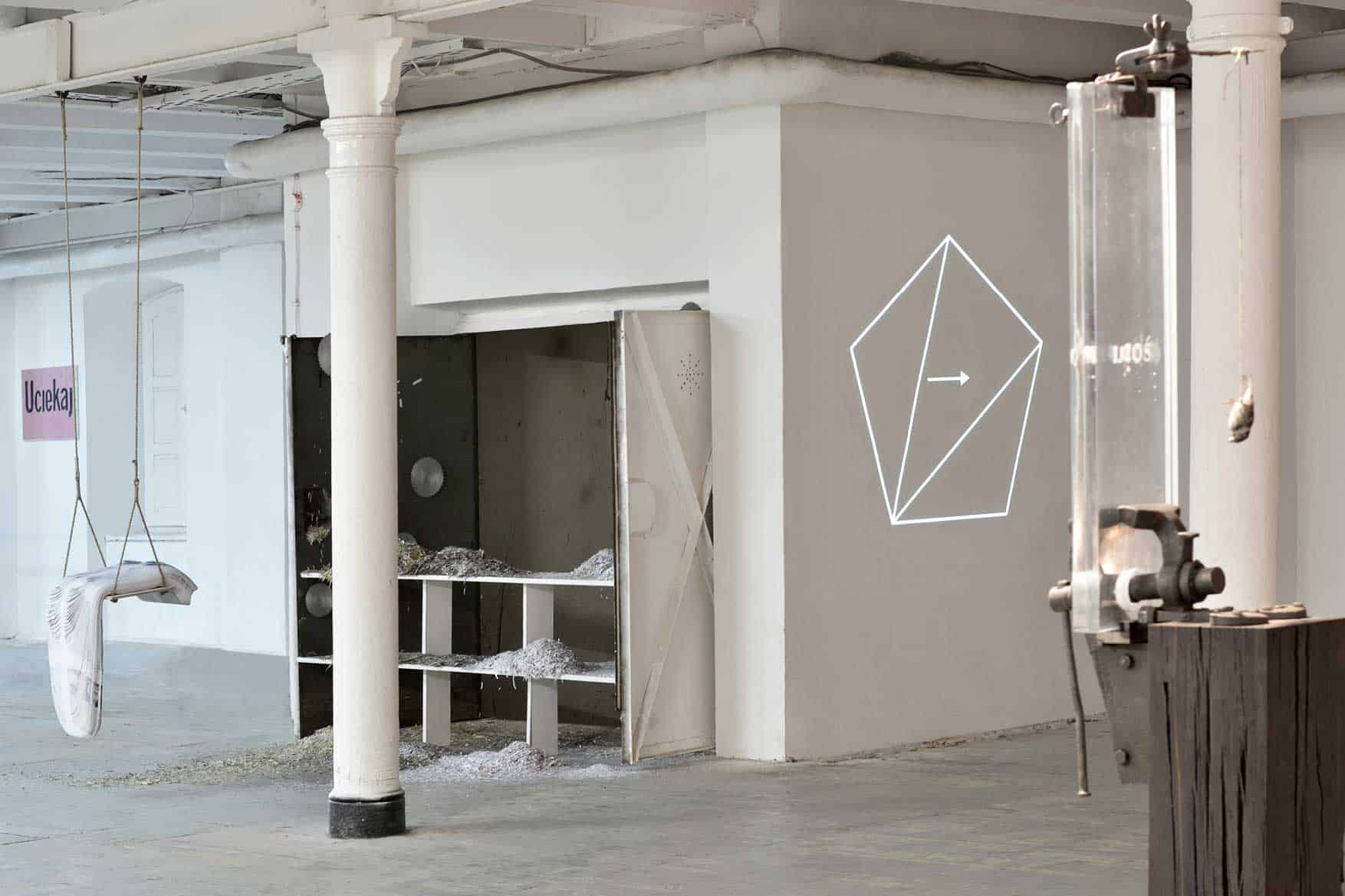
Jadwiga Sawicka, Zbigniew Sałaj, Jakub Wojnarowski, photo: Michał Bratko
“In a ceremonial Haka dance, Māori warriors showcase their valour by sticking the tongues out, gauging the eyeballs, frowning and uttering menacing roars. Our culture has deemed public displays of this part of a human body uncouth. This sort of behaviour has nothing to do with art, apparently. At least the act seems tolerable in case of small children – that is until their guardians incur the odium of indecency against it. Sticking one’s tongue out was banished into the underground of the European culture. For the sake of our health and hygiene, we allow ourselves to do so only in the comfort of a doctor’s office or in front of our bathroom mirror. Perish the thought the act was to express our relation to the world, allies or enemies. Even in the famous duel between Syfon and Miętus described in Gombrowicz’s Ferdydurke, the artillery of deathly grimaces did not include this very gesture. While it’s all well and dandy, there are some exceptions to the rule. Provided the dust after the initial outrage has settled, a defiance of the convention does often lead to something significant, widely acceptable and astonishing. For instance, the photographic portrait of a 72-year old Albert Einstein sticking his tongue out was taken in the year 1951 by Artur Sasse. Swiftly embraced by the popular culture, the image soon became one of the most recognisable depictions of the great scholar.”
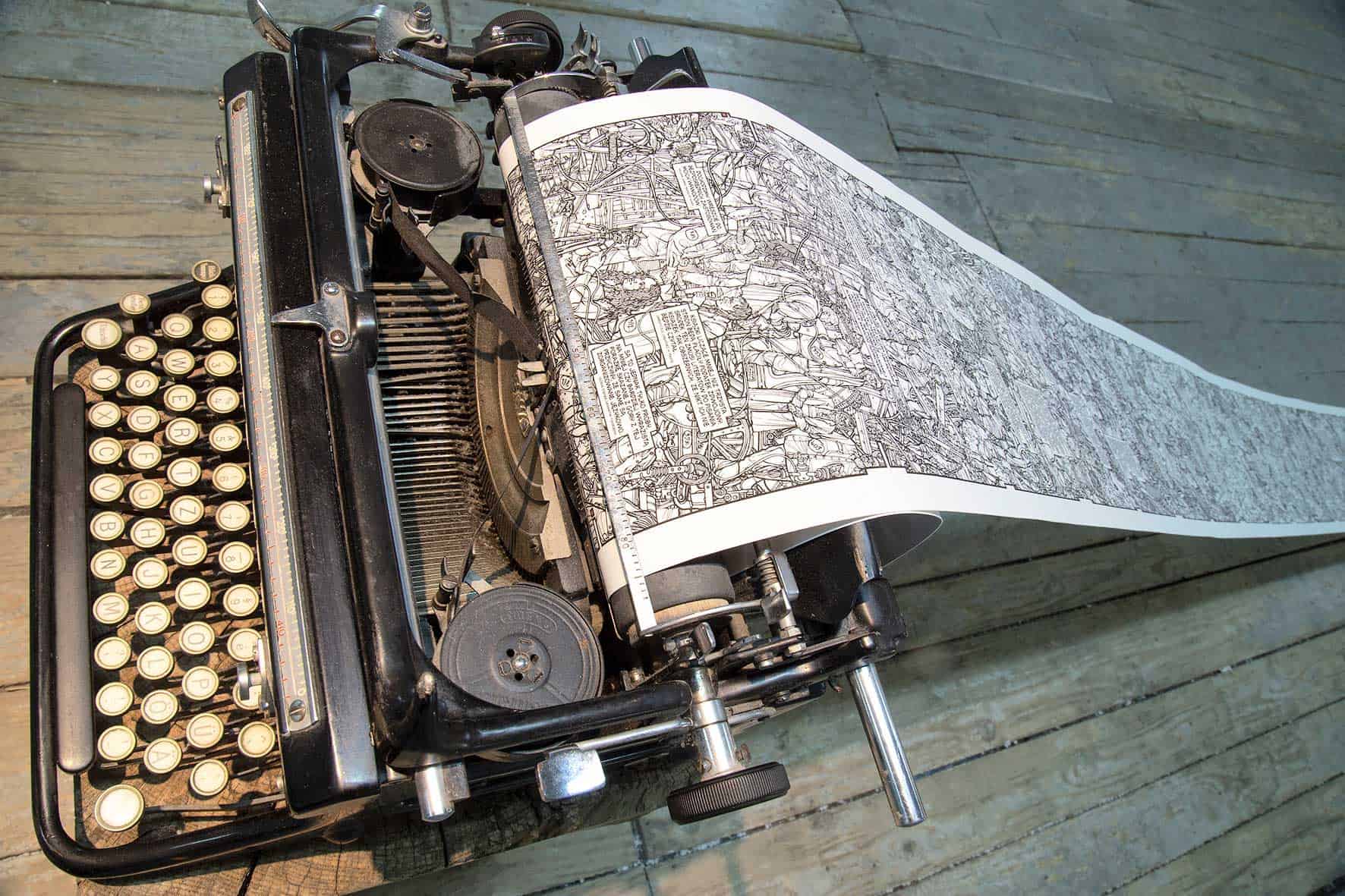
Andrzej Bednarczyk, photo: Piotr Korzeniowski
Andrzej Bednarczyk
In my opinion, verbum represents a special case, one of the multiple forms of human expression that always manifests itself in congruence with the language of sound, shape and movement. In my opinion, art is one of the multiple forms of truth-seeking that always manifests itself in congruence with science, religion and anti-religion (which is basically the same thing).
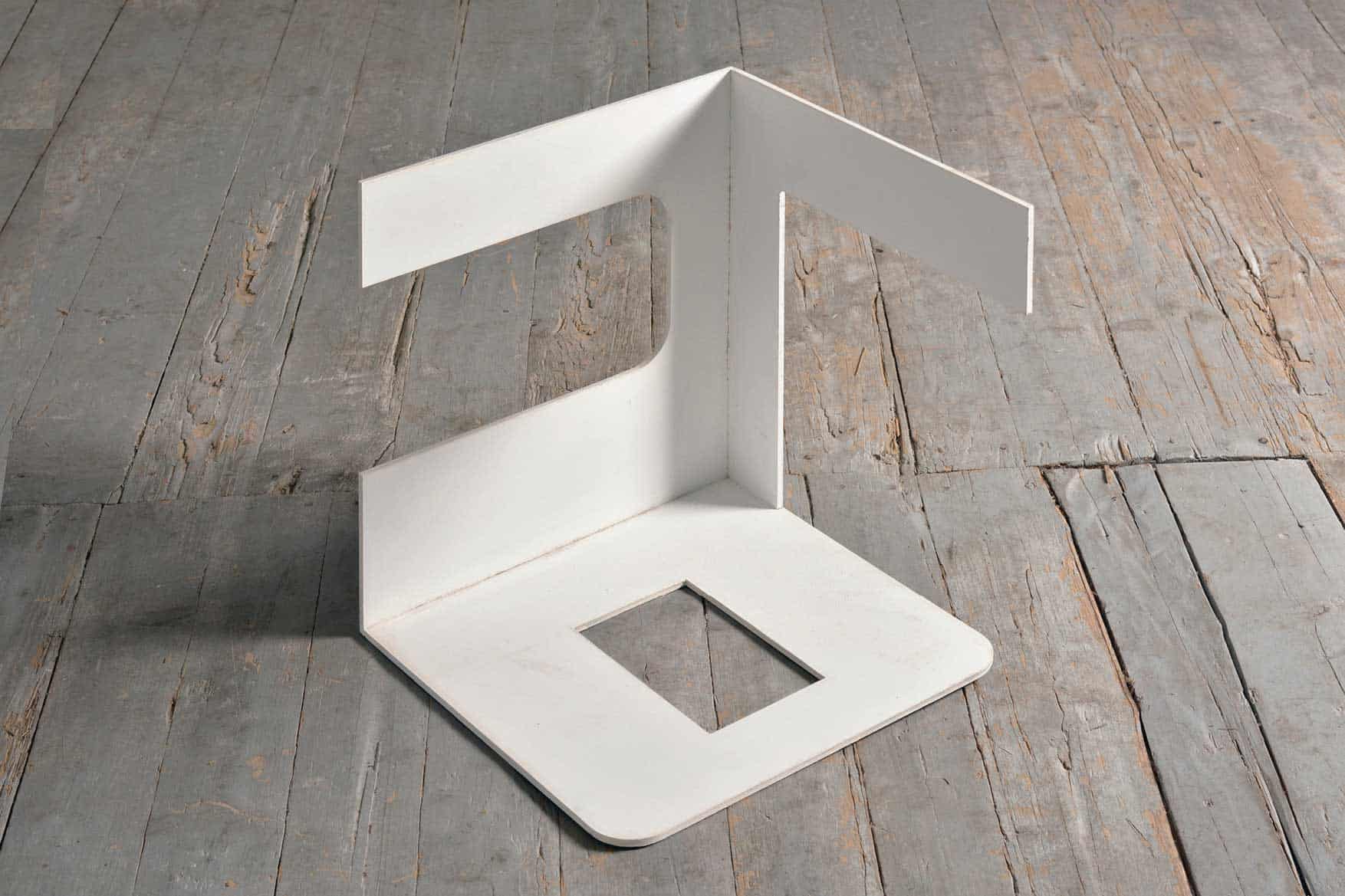
Michał Bratko, photo: Michał Bratko
Michał Bratko
His linguistic method for narrating the world is based on the post-Dada preposterousness that strips spectators of any remote possibility to decipher its meanings fully and completely. Nothing is real, yet everything is unbearably real. The truth advocated by Bratko, either scientific or artistic, remains elusive. His creative experiment plays out on two different planes of the morphology and semantics of a piece.
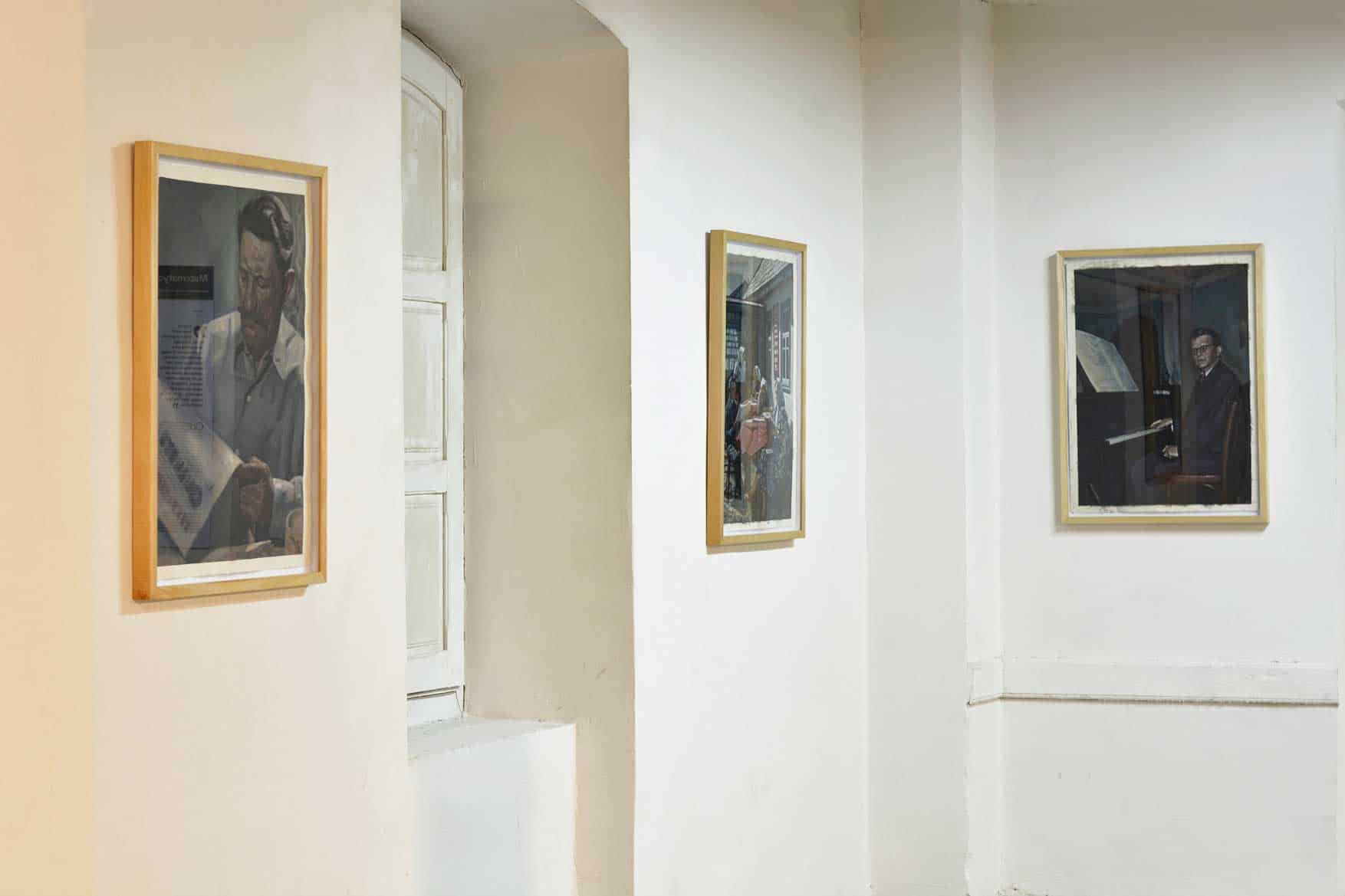
Siergii Chaika, photo: Michał Bratko
Sergii Chaika
In his art practice, Chaika draws on the childhood he spent in Soviet Ukraine, on the subsequent turbulent transformations in society, politics and culture, as well as the current war between Russia and Ukraine. The artist poses questions about the relation of evil with art which purports its natural connection with all things good and beautiful, scrutinses the linguistic codes of totalitarianism and points to the fact that these problems weren’t in fact resolved by the 20th century fall of these systems.

Jan Mioduszewski, photo: Michał Bratko
Jan Mioduszewski
Real objects are converted into the visual language “signs.” His subversive use of illusion makes reality more real. He blurs, traverses even, the boundaries between language and reality. Together they form the reality we need to agree upon.

Kinga Nowak, photo: Michał Bratko
Kinga Nowak
She draws on mythological figures. Her style of extremely austere spatial forms, which induce and propel ruminations on fundamental anthropologic notions, originates from the discipline of pristine figurative painting. Her most recent works, unadorned and seemingly obvious, open up an infinite number of pathways towards the truths of reality as if they were some sort of elegant math formulas.
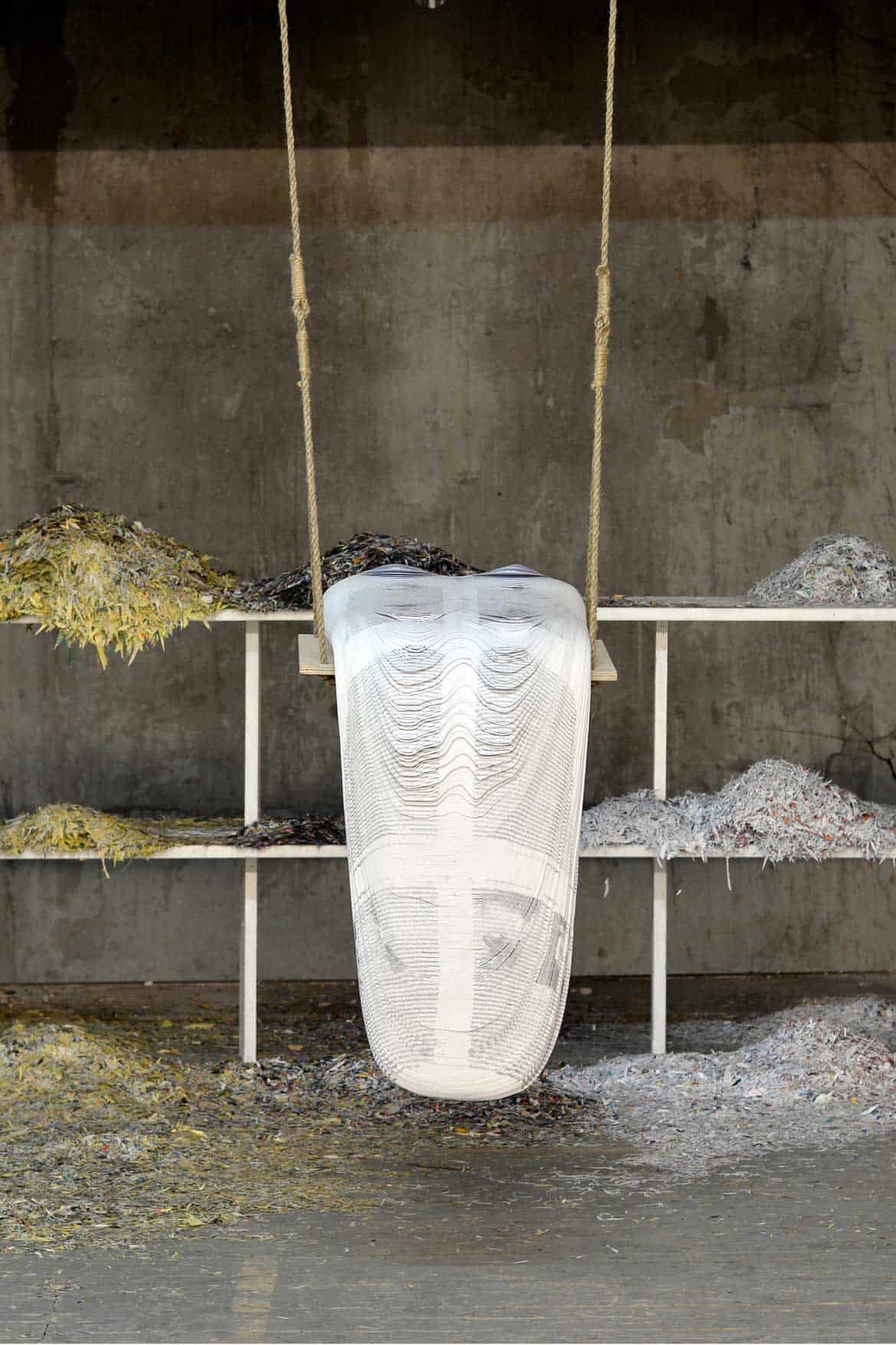
Zbigniew Sałaj, photo: Michał Bratko
Zbigniew Sałaj
Many years ago, he’d stumbled upon unread books meant for shredding. Ever since then he has elevated those books into works of art, new and greater hypostasis of formerly lifeless inscription. He unveiled their new ways of existence. The verbal language was silenced and transformed into the beginnings of the language of art. The volumes released from the function of carriers of words started “humming” self-referential tunes. Text persisted and revealed its abstract connotations.
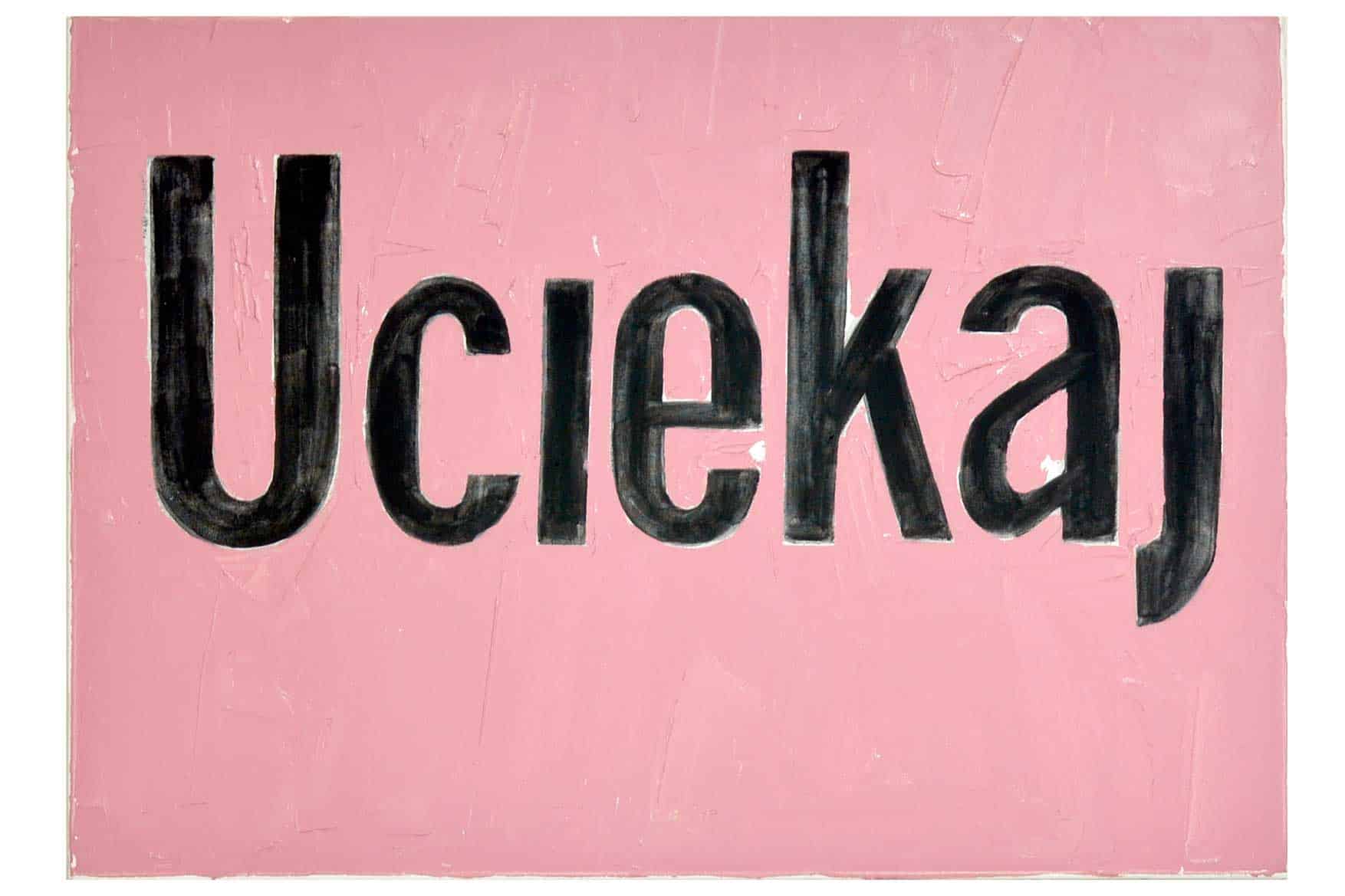
Jadwiga Sawicka, photo: Michał Bratko
Jadwiga Sawicka
Her practice represents the intersection of socially engaged activity in a public space, painting and concrete poetry. The word signifies certain notions as well as shapes of signifiers. Here, the language of propaganda is used to bring intimate questions and stories, unfolding within one’s private space, out into the open. A confrontation with her slogan-like compositions in a gallery space or amidst the hustle and bustle of busy streets creates a moment of revelation that inspires further meditations and discoveries.
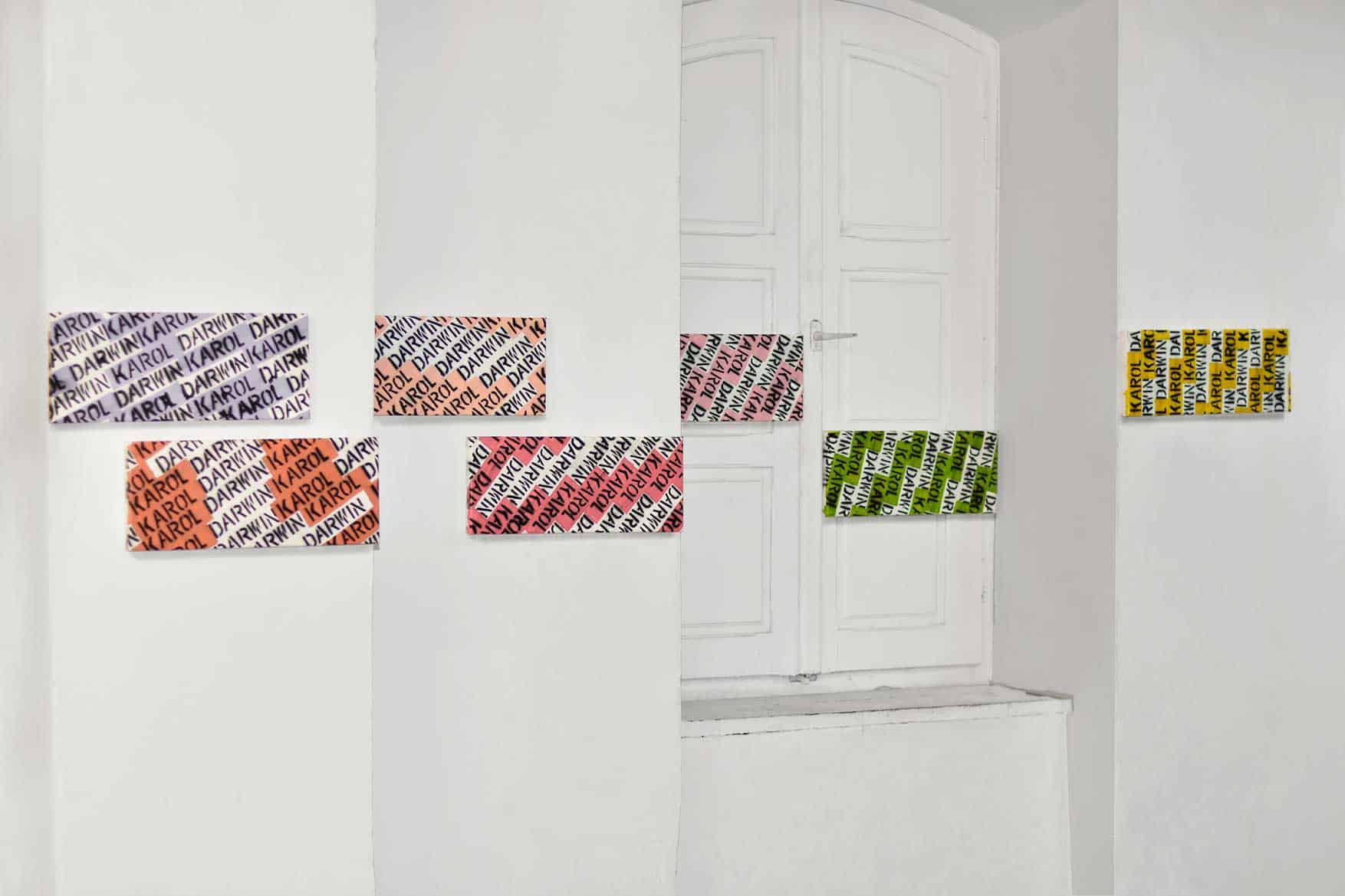
Paweł Susid, photo: Michał Bratko
Paweł Susid
His works combine the language of words with the language of graphic signs to create a homogeneous whole. Otherwise, neither one of them would be able to convey any sort of culturally significant message. Separately, the word, as well as shape, are limited to trite communication. Thanks to Susid’s clash, they acquire social resonance.
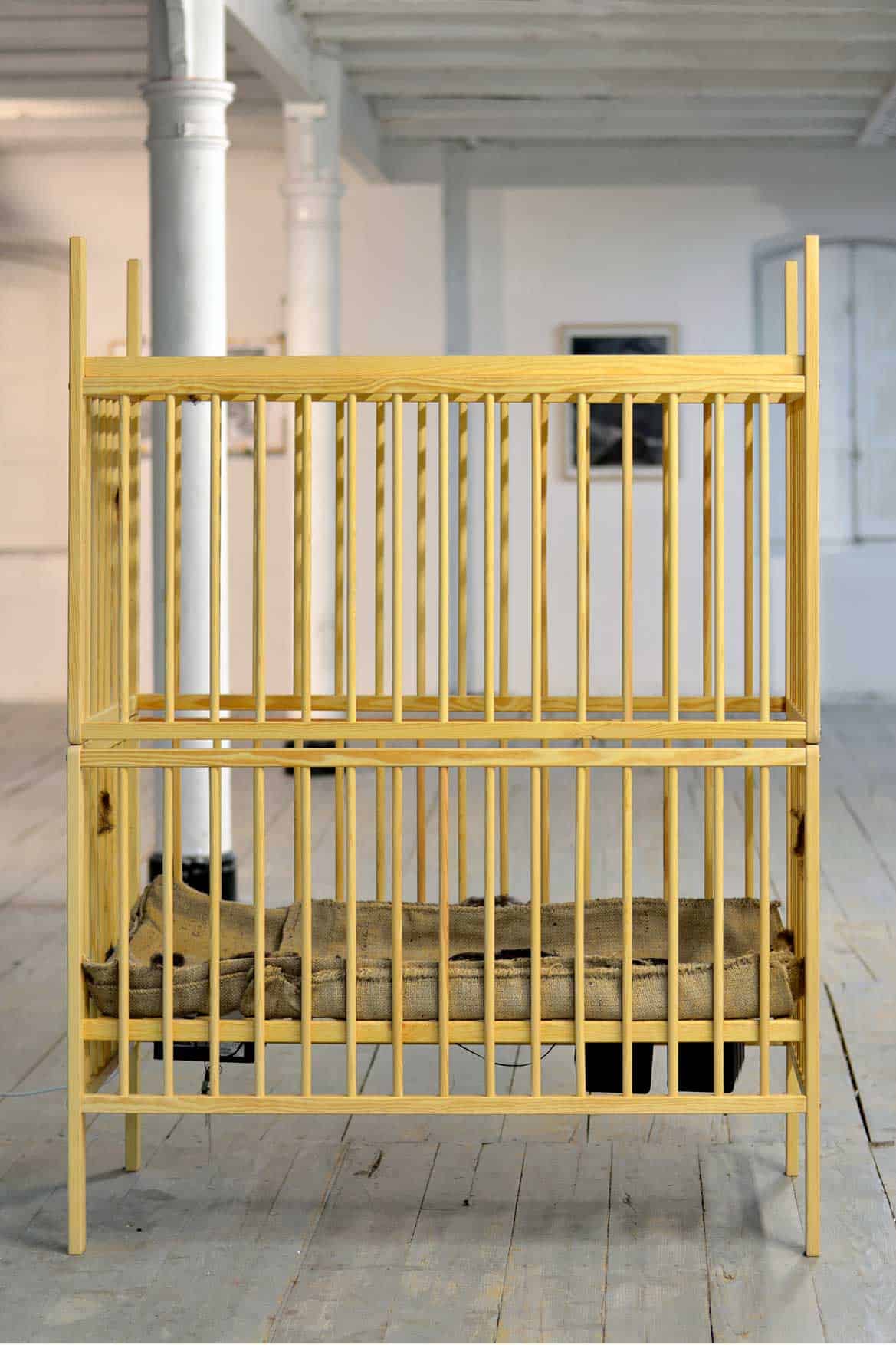
Grzegorz Sztwiertnia, photo: Michał Bratko
Grzegorz Sztwiertnia
In this case, medical research and the methods of its visual representation go way beyond the sources of inspiration. Sztwiertnia adopts the language of scientific illustration and artistic imagining to examine and bring them together. Therein, he seeks out the image of a man – irreducible to any of these languages existing separately. He studies humankind and the language used to study it, he veers off from the expert approach to art and science, science on art, art on science.

Monika Wanyura-Kurosad, photo: Piotr Korzeniowski
Monika Wanyura-Kurosad
Here, the language of poetry gives rise to the poetic overtones of artworks. These images are far more than illustrations to poems. They are “visual poems” in their own right that carry associations with the source material while preserving the autonomy of both elements.
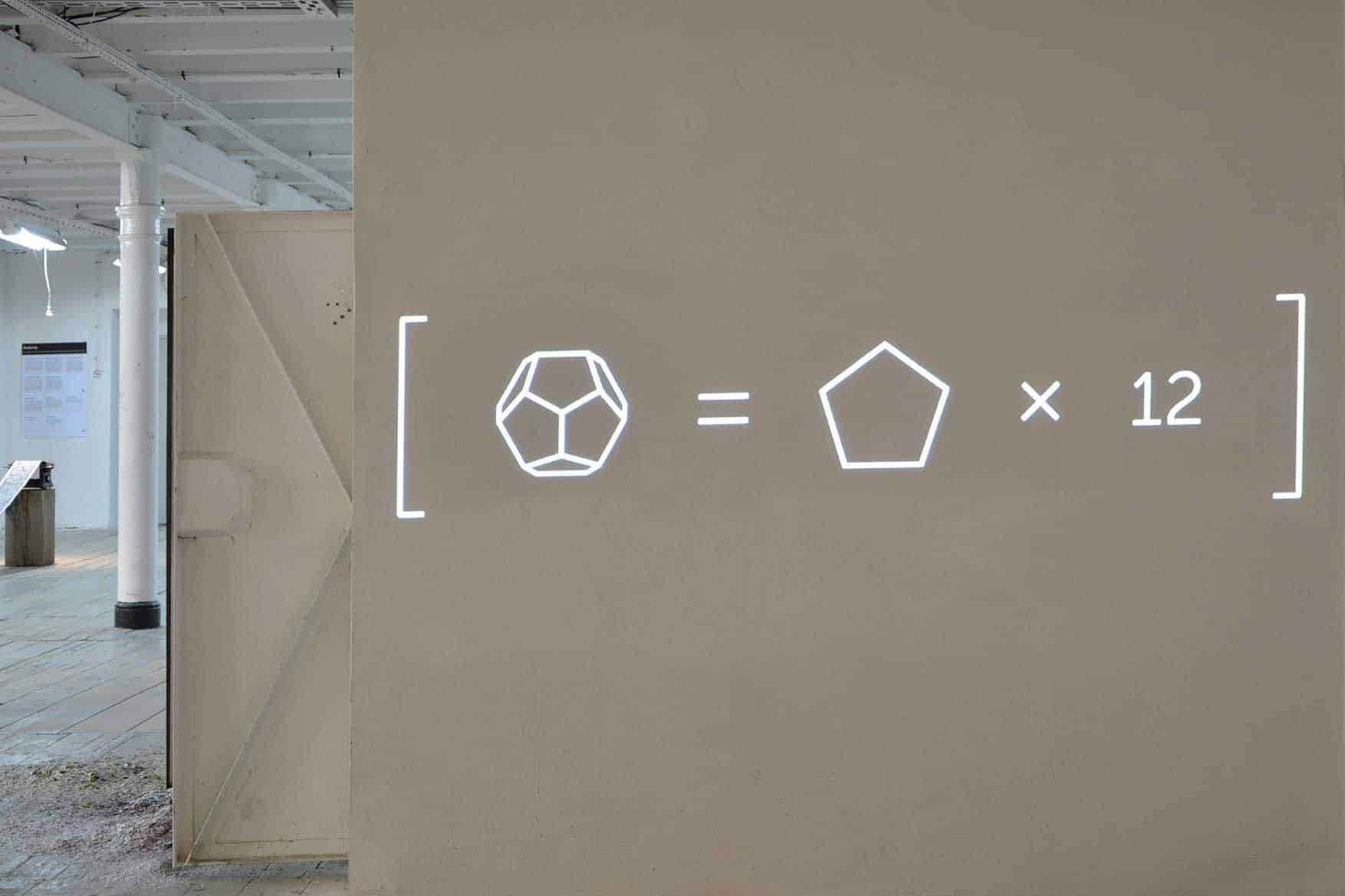
Jakub Woynarowski, photo: Michał Bratko
Jakub Wojnarowski
Linguistic patterns of applied graphic design – signs, logos, typographies and their compositions – are the driving force behind these pure works of art. Some motifs originate from the illustrations accompanying historic research papers. The artist raises issues that typically belong to the domain of science. He manages to evoke a distinct vision of the world that is equally relevant to the reality we experience, discursively unverifiable and yet entirely truthful.
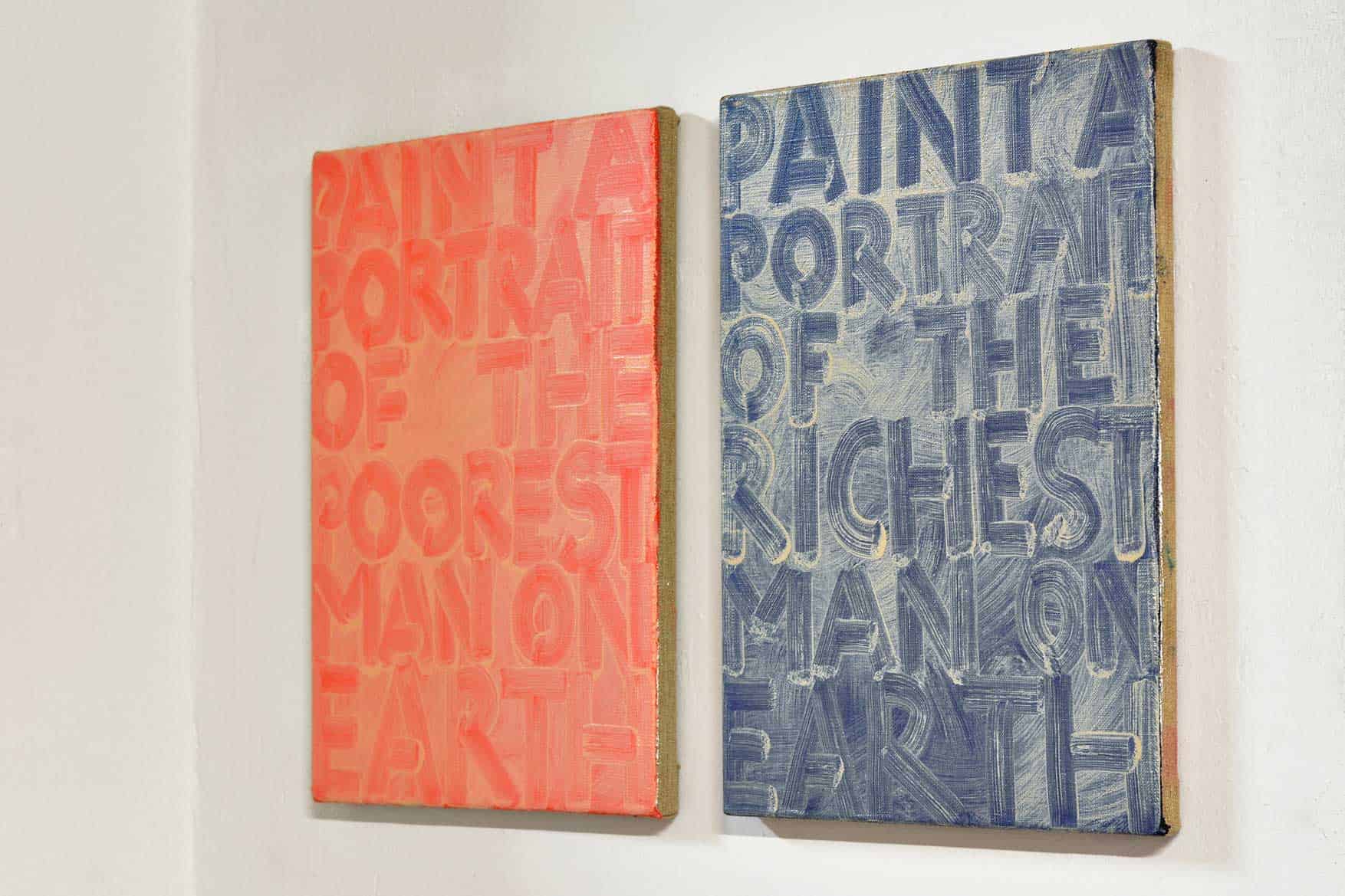
Michał Zawada, photo: Michał Bratko
Michał Zawada
Art and art theory create a unified, inextricably linked scientific methodology. Intuitive verbal expression and the language of discourse imbue one another with a variety of colours and thus acquire the essayistic quality of a work of art regardless of its ultimate medium: be it oil painting, documentary photography, video, text or the amalgamation thereof. It is the language of an endless string of references and contexts.
Text by Andrzej Bednarczyk
Copernicus Festival 2019
“Sztuka wystawiania języka” / “The Art of sticking one’s tongue out”
21 May – 07 June 2019,
Fundacja Tytano, ul. Dolnych Młynów 10, Kraków
Participating artists: Andrzej Bednarczyk, Michał Bratko, Siergiej Chaika, Jan Mioduszewski, Kinga Nowak, Zbigniew Sałaj, Jadwiga Sawicka, Paweł Susid, Grzegorz Sztwiertnia, Monika Wanyura-Kurosad, Jakub Woynarowski, Michał Zawada
Kinga Nowak, photo: Michał Bratko
Jan Mioduszewski, Jadwiga Sawicka, photo: Michał Bratko
Andrzej Bednarczyk, photo: Michał Bratko



